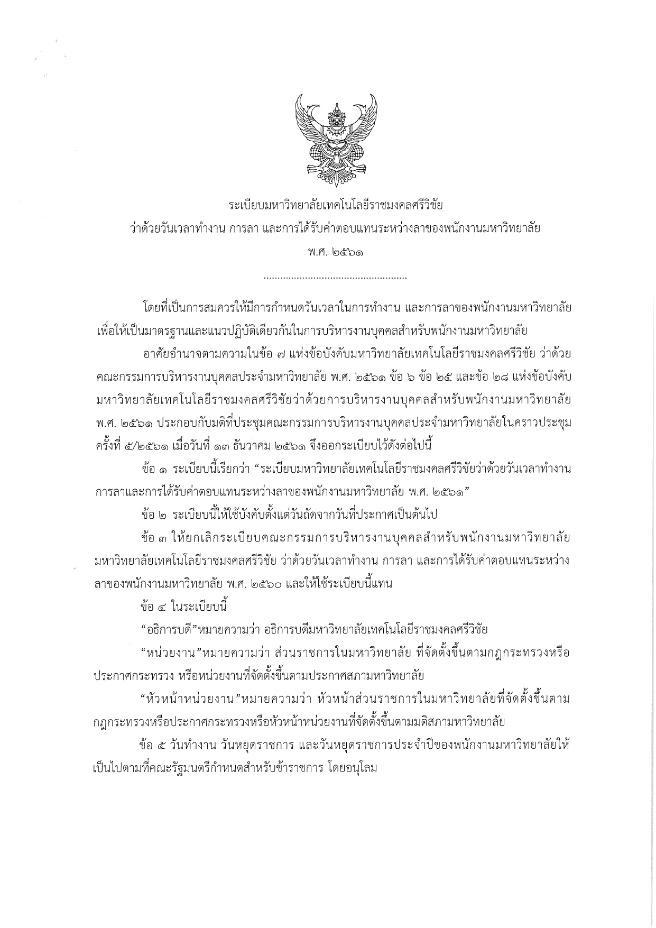Reporters: Mr. Sujinda Saehan, Mr. Ekkajak Intarat, Mr. Nitigon Jumniansuk, Mr. Thanet Sangseejun
Evidence Date: January 2023 – December 2023
Related SDGs:
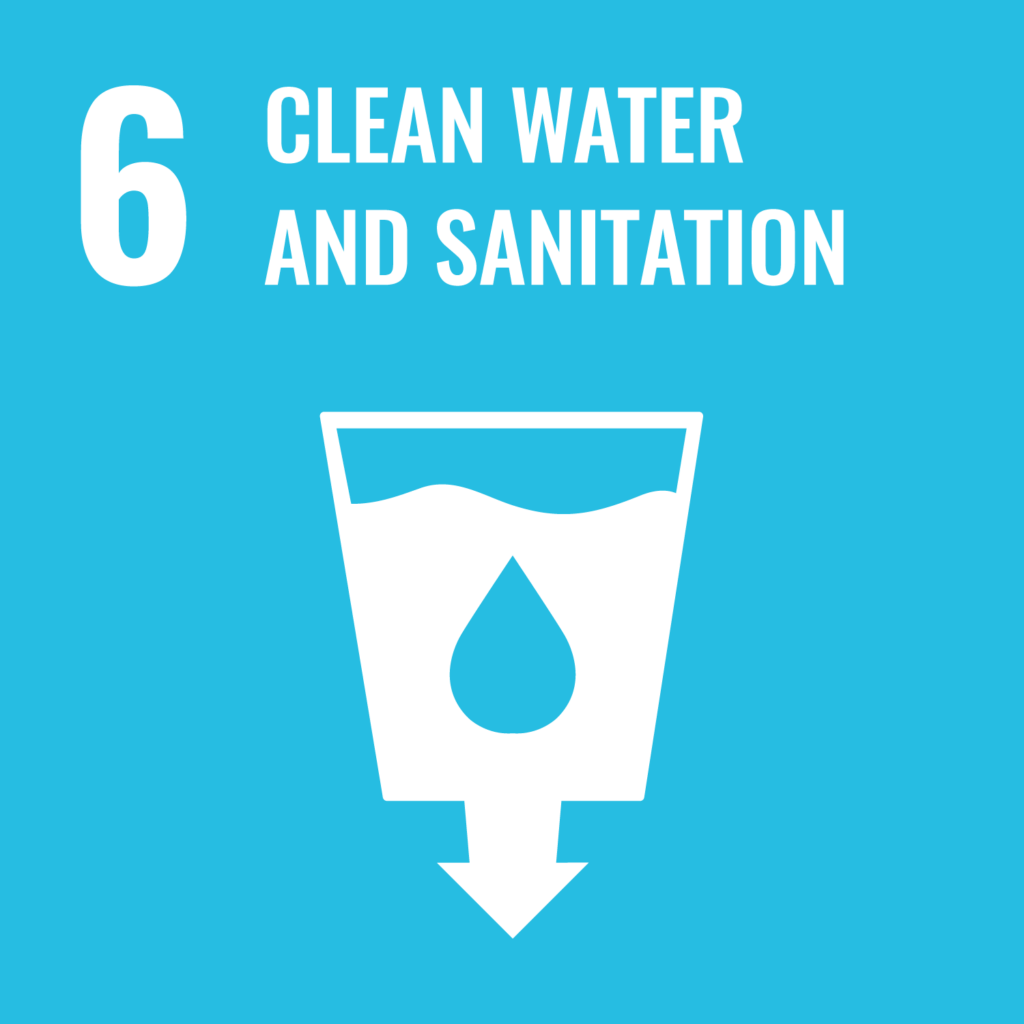
Related Indicators: 6.2.1, 6.2.2
Water consumption at Rajamangala University of Technology Srivijaya can vary significantly based on several factors, including the climate, the type of facilities, and especially, student and staff population. Here are some key areas where water is typically used:
Cafeteria or Dining Facilities: Cafeteria or dining areas require water for cooking, cleaning, and dishwashing which are provided for students and staff as well as general visitors.
Landscaping: Outdoor areas, including gardens and sports fields, often need irrigation, which can consume a large amount of water, especially in warmer climates or during dry seasons.
Faculty Buildings and Laboratories: Many academic and research facilities use water for experiments such as dilutions, reactions, and cooling processes and cleaning of equipment, glassware, and surfaces to maintain a sterile environment as well as faculty buildings also consume water for basic sanitation.
Athletic Facilities: Gyms, and fields may have specific water needs for maintenance and usage especially, natural grass fields require regular watering to maintain healthy turf during dry seasons or in hotter climates.
Restrooms: Public and private restrooms across campus are significant contributors to overall water usage. For traditional toilets can use a large volume of water per flush, contributing significantly to overall water consumption and faucets in sinks are used for handwashing, which can also add to water usage, especially if not equipped with water-saving features.
However, Rajamangala University of Technology Srivijaya often implement water-saving initiatives, such as low-flow fixtures, rainwater harvesting, and xeriscaping (landscaping that reduces or eliminates the need for irrigation) to manage and reduce consumption. Moreover, Regular audits and awareness campaigns or activities are usually provided which can also promote conservation among students and staff of the university.
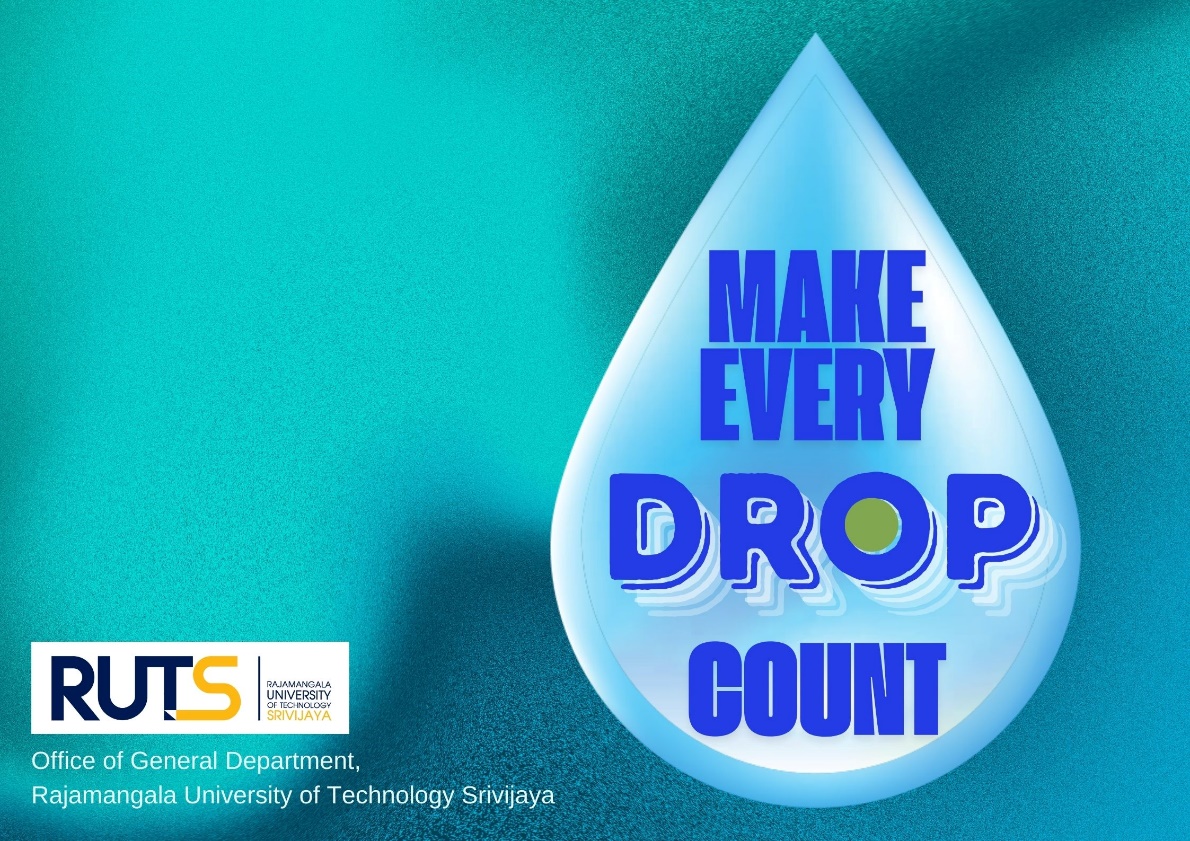
In the year 2023, Rajamangala University of Technology Srivijaya has summarized the water consumption used in Songkhla Campus, Nakhon Si Thammarat Campus, and Trang Campus from January 2023 to December 2023, which can be classified in cubic meters (m3) as follows:
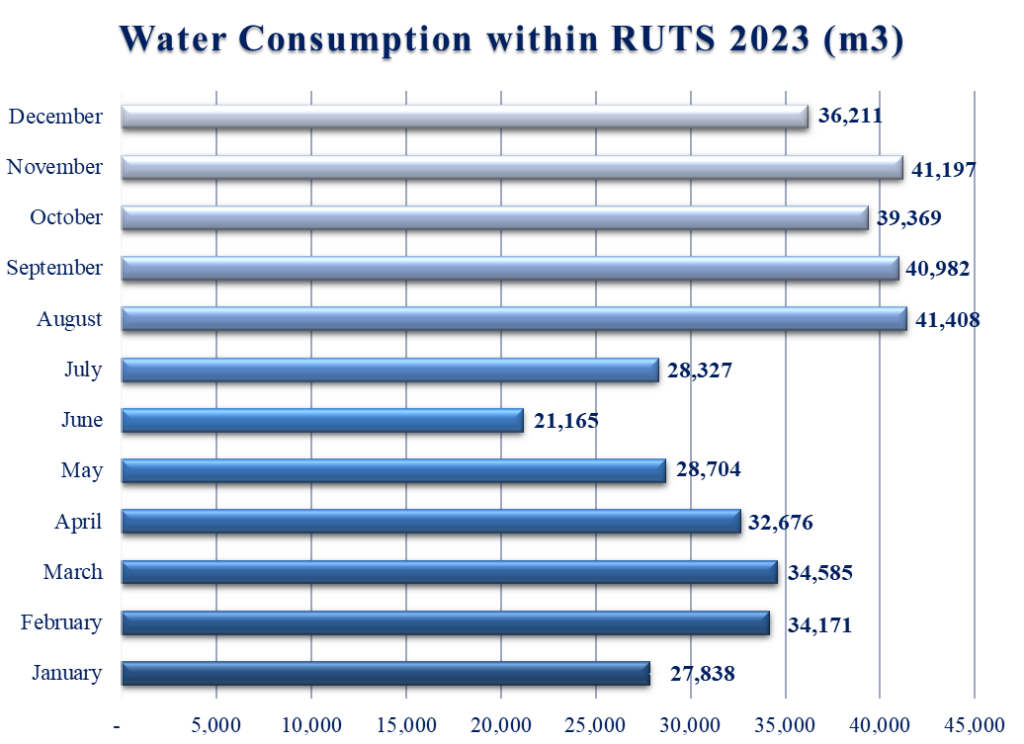
The bar chart illustrates the monthly water consumption trends at Rajamangala University of Technology Srivijaya throughout the year 2023. This data is important for understanding how water usage fluctuates with seasonal changes and campus activities.
The chart reveals a clear trend in water consumption, with noticeable peaks during the beginning of the semester. For instance, water usage is significantly higher from August to December, reaching a peak of 41,408 m3 in August. The spike in water consumption during the semester can be attributed to increased water use for consumption such as public and private restrooms across campus, outdoor activities, sports field irrigation, and landscaping needs. Conversely, the month of June shows the lowest consumption, around 21,165 m3, likely due to reduced outdoor activity and semester break. During February to April show a moderate and stable level of water consumption, indicating consistent use without the seasonal or semester spikes.
In summary, the water consumption trends at Rajamangala University of Technology Srivijaya reflect a strong semester pattern, with increased use in the beginning of the semester months and decreased use in semester break. Understanding these trends is crucial for effective water management and conservation efforts. Therefore, targeting water conservation efforts during peak usage months has set by Rajamangala University of Technology Srivijaya as a strategic way to reduce water demand and control costs. By implementing measures like awareness campaigns for staff and student, incentives for water-saving appliances, and regulations on outdoor water use, it’s possible to encourage more efficient water use when it’s most needed. Additionally, monitoring usage patterns and adjusting conservation tactics based on real-time data could further enhance these efforts, leading to more significant savings.
Table of the use of water in the year 2022 from January 2022 to December 2022
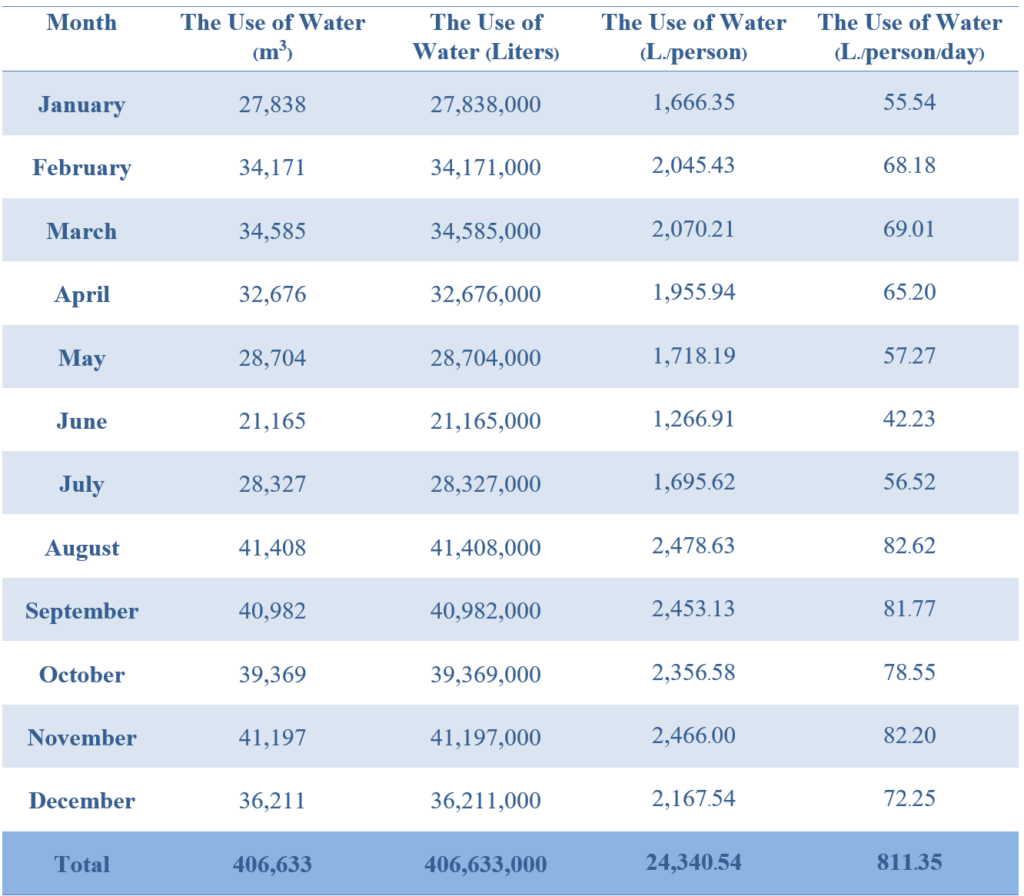

Water Consumption from Water Supply vs. Natural Water Source
within 5 Main Areas (m3) (January – December 2023)
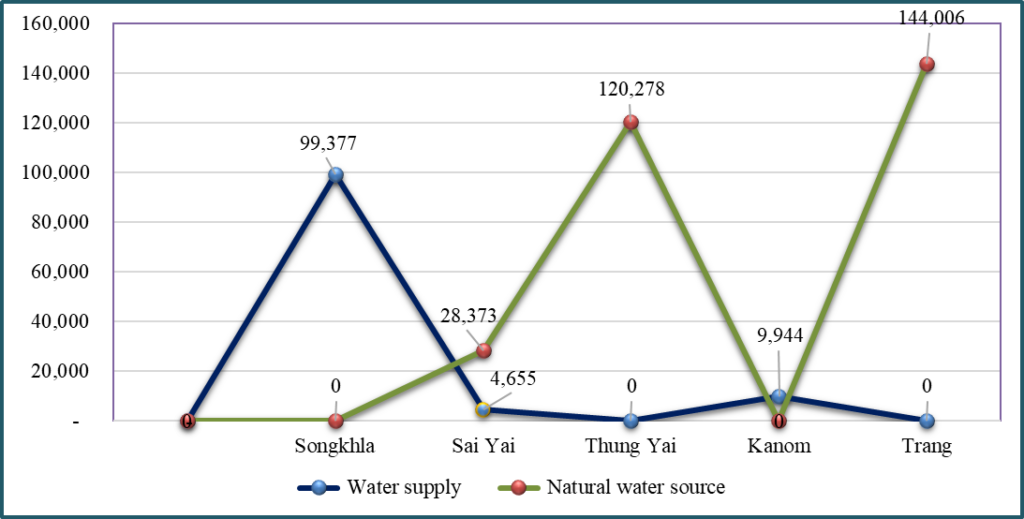
This line graph illustrates of water consumption trends from January to December 2023, comparing water supply systems to natural water sources within 5 main areas under Rajamangala University of Technology Srivijaya.
Water Supply System Consumption (blue line): Shows the highest water supply usage in Songkhla area, possibly due to Songkhla is the main area with the largest number of staff and students. In addition, Songkhla area does not use water from natural water sources.
Natural Water Source Consumption (green line): Displays the water usage from natural water sources in 3 areas: Sai Yai, Thung Yai and Trang. In Sai Yai area, water supply is still used along with water from natural sources, while in Thung Yai and Trang areas, water is used only from natural sources. Moreover, this green line also shows the highest amount of water usage from natural water sources in Trang area, possibly because in Trang area, not only water is used by staff and students but also water is used for management within the aquarium as well, causing the amount of water used to be higher compared to Thung Yai area, where also uses only natural water sources.
This trend suggests a transition towards greater reliance on natural water sources, which may indicate that Rajamangala University of Technology Srivijaya efforts to reduce reliance on costly water supply systems that means the use of natural water sources can cut down on water costs and also support for ecosystems and reuse opportunities like rainwater harvesting for non-potable uses. Moreover, Rajamangala University of Technology Srivijaya respects to environmental limits and local regulations. Over-extraction or pollution can harm ecosystems, water quality, and long-term resource availability, underscoring the need for sustainable water management practices.
Table of water consumption from water supply and natural water source within 5 main areas (m3) (January – December 2023)
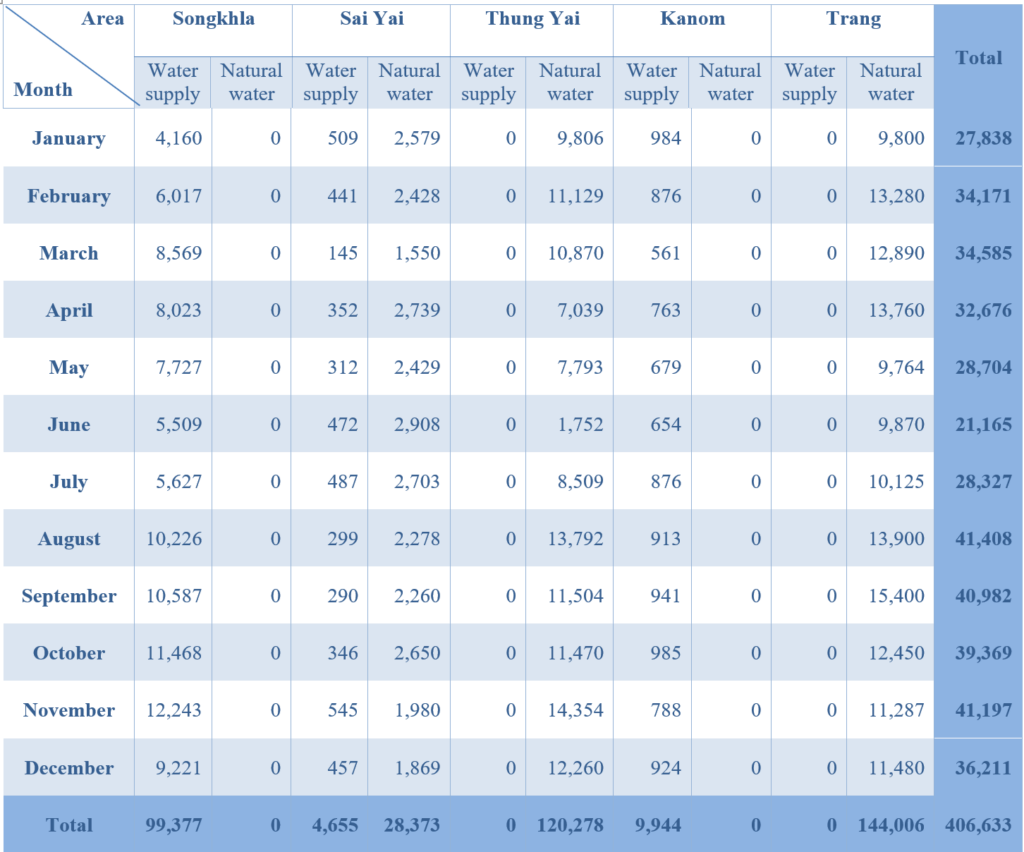
Related Links:

